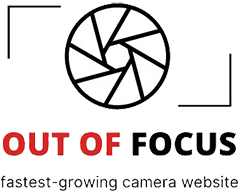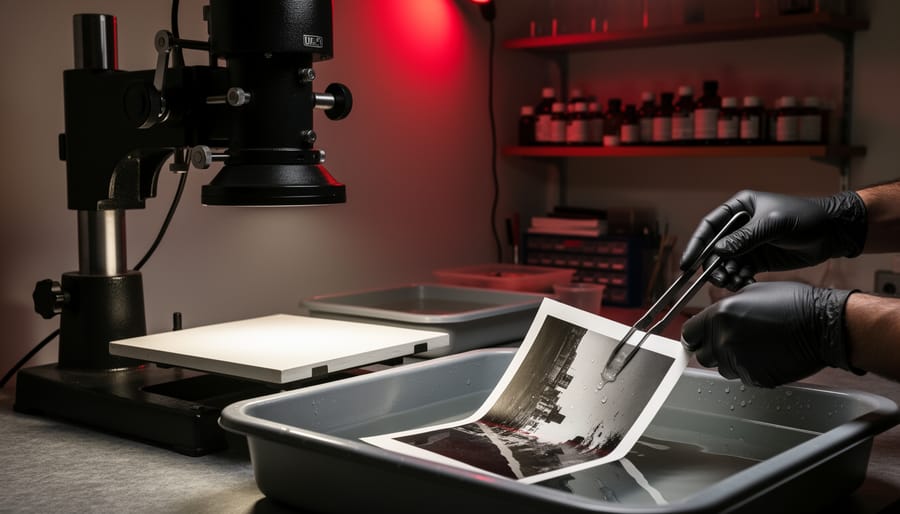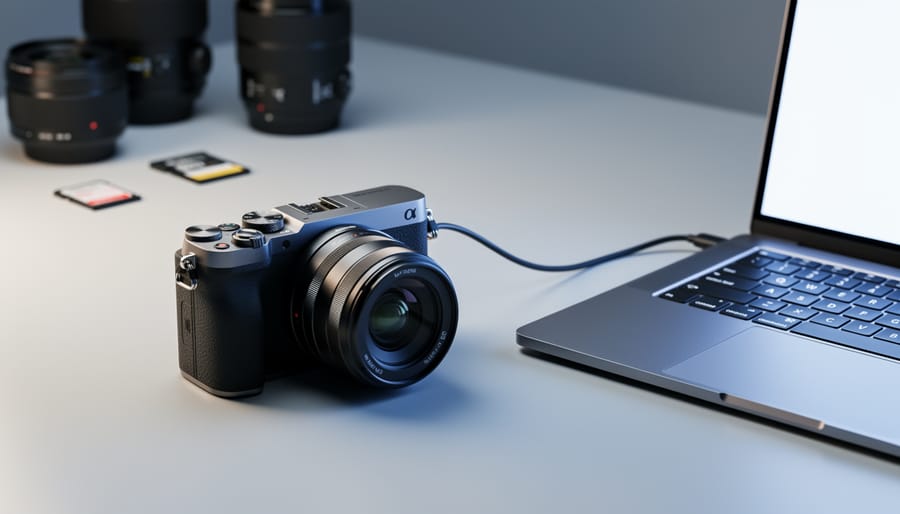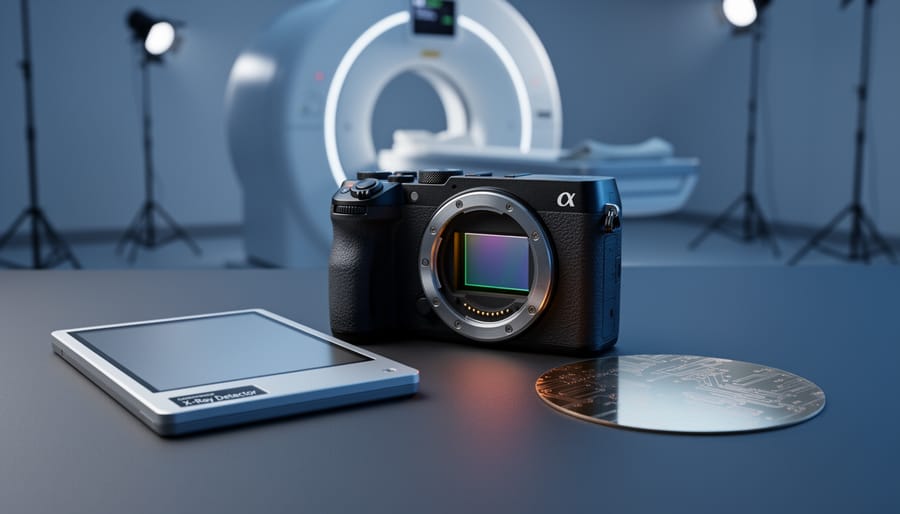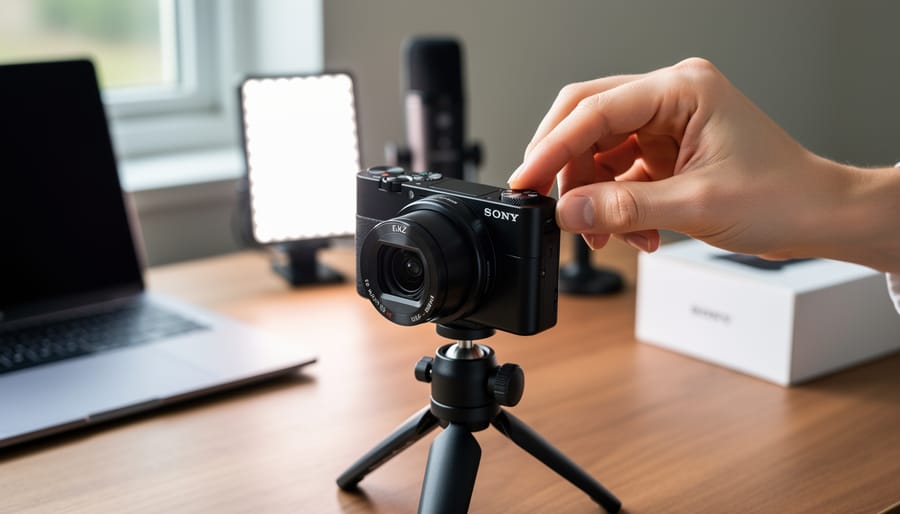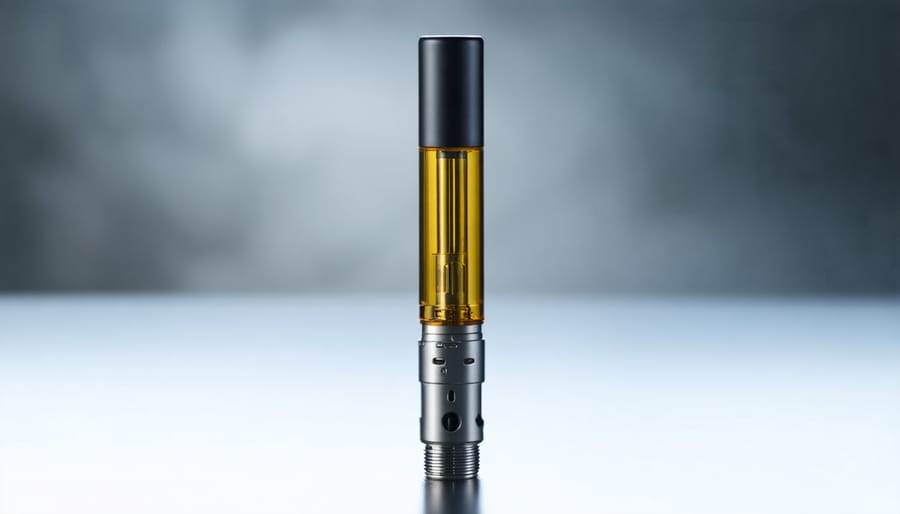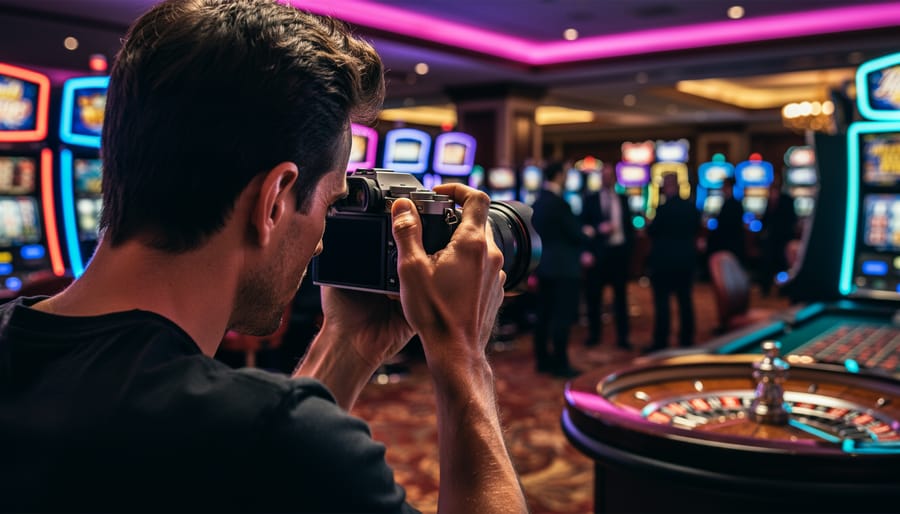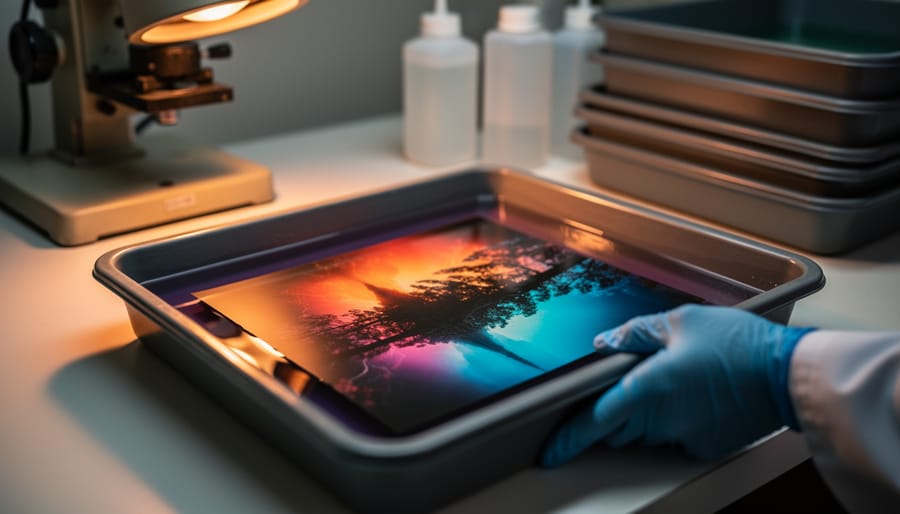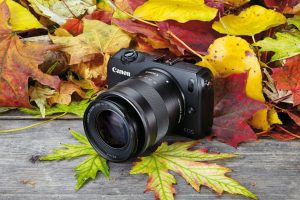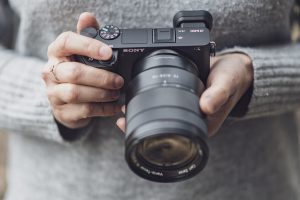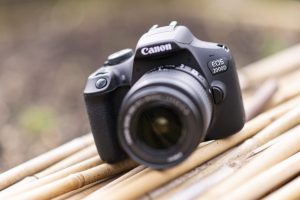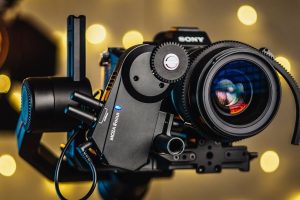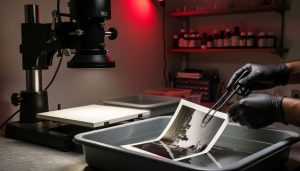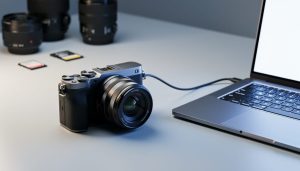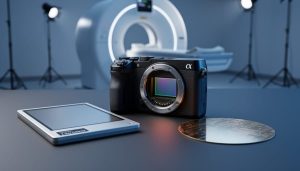Standing in a darkroom watching an image slowly emerge in the developer tray creates a connection to photography that digital workflows simply cannot replicate. This hands-on process transforms your negatives into tangible prints through a series of chemical reactions you control entirely, making each print a unique physical object rather than another file on a hard drive.
The darkroom remains relevant because it offers complete creative control over your final image. When you adjust exposure time by seconds, dodge shadows with your hands, or burn in highlights with carefully shaped cards, you’re making artistic decisions that…
These Firmware Updates Are Transforming How Your Camera Actually Works
Check your camera manufacturer’s firmware update page monthly to catch critical autofocus improvements, lens compatibility patches, and new shooting modes that can transform how your existing gear performs. Many photographers miss out on significant feature upgrades simply because they don’t realize their three-year-old camera body can now shoot with enhanced dynamic range or improved eye-tracking through a simple software download.
Subscribe to manufacturer-specific RSS feeds or email alerts to receive immediate notifications when major …
Medical Imaging Tech Is About to Shake Up Your Camera Gear (Here’s Why Photographers Should Care)
The sensors capturing X-rays in hospitals today are the same technology recording your weekend portraits tomorrow. Medical imaging doesn’t just save lives in operating rooms—it revolutionizes the camera in your hands, driving innovations that trickle down to consumer photography within 18-24 months.
Consider how computed tomography sensors, designed to detect minute variations in tissue density, evolved into the back-illuminated CMOS sensors now standard in mirrorless cameras. These medical-grade components, originally engineered to process thousands of diagnostic images with zero margin for error, brought us the low-light …
Transform Your Phone Photos with Just Two Lights
Position your key light at a 45-degree angle from your subject’s face, elevated slightly above eye level, to create natural dimension and flattering shadows. This becomes your primary light source, doing about 70% of the work in your two-light setup.
Place your fill light on the opposite side at a lower intensity—roughly half the power of your key light—to soften those shadows without eliminating them completely. This ratio creates depth while keeping your subject’s features visible and professional-looking.
Master the classic Rembrandt setup by angling your key light to create a small triangle of light on the…
Master Your Sony ZV-1 Settings in Under an Hour
Navigate to Shooting Mode on your Sony ZV-1’s mode dial and select Program Auto (P) for your first sessions—this gives you control over ISO and exposure compensation while the camera handles aperture and shutter speed, creating a safety net as you learn. Open the camera’s Function Menu by pressing the Fn button, then customize your seven shortcut slots to include Product Showcase Setting, Background Defocus, and Self-Timer, which are the three most-used features for content creators and vloggers working solo.
Set your video recording format to XAVC S HD at 1920×1080 with 30p frame rate through Menu > Camera …
Why Your THCa Vape Cartridge Photos Aren’t Selling (And How to Fix Them)
Photographing THCa carts demands specialized techniques that go far beyond standard product photography—these sleek vape cartridges present a perfect storm of challenges with their reflective metallic components, transparent oil chambers, and compact dimensions that can make or break your commercial shots.
Master diffused lighting setups using softboxes or light tents to eliminate harsh reflections on glass and metal surfaces while still maintaining the luminous quality of the THCa oil inside. Position your key light at a 45-degree angle and use white bounce cards to fill shadows …
Why Casino Photography Demands Different Cameras (And Which Ones Actually Work)
Casino and sportsbook photography demands equipment that performs under some of the most challenging lighting conditions you’ll encounter professionally. Low ambient light, mixed color temperatures from neon signs and LED displays, fast-moving subjects around craps tables and sportingbet entrar betting kiosks, and restrictions on flash usage create a perfect storm of technical obstacles that will expose any weakness in your camera setup.
Choose cameras with exceptional high-ISO performance—ideally clean images at ISO 6400 and usable results at 12,800 or higher—since you’ll …
Why RA-4 Printing Still Delivers Colors Digital Can’t Match
Understand that RA-4 is the chromogenic color process used to print from color negatives onto light-sensitive paper, creating vivid, archival-quality prints in your own darkroom. Unlike black and white printing, RA-4 demands precise temperature control—chemicals must stay within 0.5°F of the target temperature, typically around 95-100°F, making a good thermometer and temperature stabilization system non-negotiable investments. Master your test strip technique by exposing a single strip of paper in incremental time intervals (usually 5-second steps) under your enlarger, which reveals the correct base exposure before you fine-tune color …
That Little ® Symbol Could Save (or Cost) Your Photography Business Thousands
Understanding the ® symbol starts with recognizing it as legal shorthand that tells you a trademark has been officially registered with the United States Patent and Trademark Office. When you see it on camera gear, lens brands, or photography software, you’re looking at intellectual property that carries federal legal protections—and misusing it on your own products or business name could land you in serious trouble with hefty fines up to thousands of dollars.
The distinction matters tremendously for photographers running businesses or reviewing equipment. You can freely mention registered brand names like Canon® or Nikon…
How U.S. Copyright Laws Protect Your Photography (And What Happens When They Don’t)
Register your photographs with the U.S. Copyright Office within three months of publication to qualify for statutory damages up to $150,000 per infringement and attorney’s fees in litigation. This single action transforms your copyright from a basic protection into a powerful legal tool that makes pursuing infringers economically viable.
Apply visible watermarks and embed metadata containing your copyright notice, contact information, and licensing terms into every digital file you distribute. When a commercial blog used a wedding photographer’s image without permission in 2019, the embedded metadata proved ownership …
